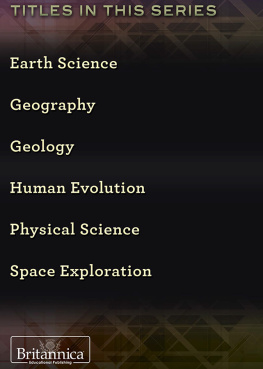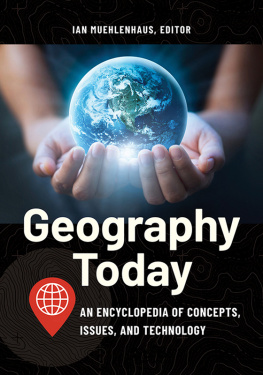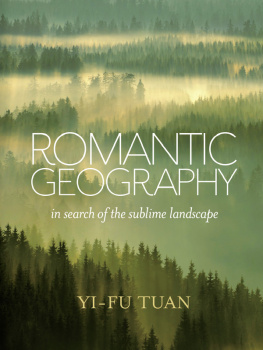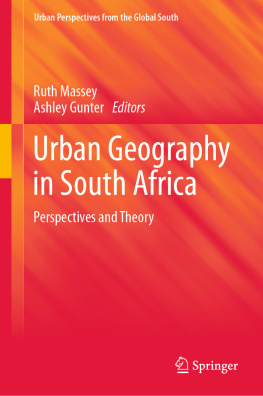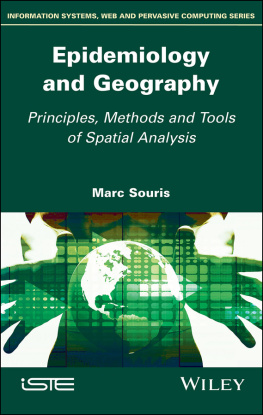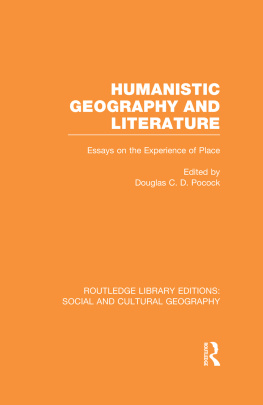ROUTLEDGE LIBRARY EDITIONS: POLITICAL GEOGRAPHY
Volume 14
THE GEOGRAPHY OF STATE POLICIES
THE GEOGRAPHY OF STATE POLICIES
J. R. V. PRESCOTT
First published in 1968
This edition first published in 2015
by Routledge
2 Park Square, Milton Park, Abingdon, Oxon, OX14 4RN
and by Routledge
711 Third Avenue, New York, NY 10017
Routledge is an imprint of the Taylor & Francis Group, an informa business
1968 J. R. V. Prescott
All rights reserved. No part of this book may be reprinted or reproduced or utilised in any form or by any electronic, mechanical, or other means, now known or hereafter invented, including photocopying and recording, or in any information storage or retrieval system, without permission in writing from the publishers.
Trademark notice: Product or corporate names may be trademarks or registered trademarks, and are used only for identification and explanation without intent to infringe.
British Library Cataloguing in Publication Data
A catalogue record for this book is available from the British Library
ISBN: 978-1-138-80830-0 (Set)
eISBN: 978-1-315-74725-5 (Set)
ISBN: 978-1-138-81595-7 (Volume 14)
eISBN: 978-1-315-74647-0 (Volume 14)
Publishers Note
The publisher has gone to great lengths to ensure the quality of this reprint but points out that some imperfections in the original copies may be apparent.
Disclaimer
The publisher has made every effort to trace copyright holders and would welcome correspondence from those they have been unable to trace.
THE GEOGRAPHY OF STATE POLICIES
J. R. V. Prescott
HUTCHINSON & CO (Publishers) LTD
178202 Great Portland Street, London W1
London Melbourne Sydney
Auckland Bombay Toronto
Johannesburg New York
*
First published 1968
The paperback edition of this book is sold subject to the condition that it shall not, by way of trade, or otherwise, be lent, re-sold hired out, or otherwise circulated without the publishers prior consent in any form of binding or cover other than that in which it is published and without a similar condition including this condition being imposed on the subsequent purchaser
J. R. V. Prescott 1968
This book has been set in Times, printed in Great Britain on Smooth Wove paper by Anchor Press, and bound by Wm. Brendon, both of Tiptree, Essex
09 088860 X (cased)
09 088861 8 (paper)
CONTENTS
I would like to thank Professor W. G. East for his encouragement in writing this book. I am also grateful to Professor J. Andrews for stimulating discussions on various aspects of national policy; to my wife for preparing the index; to Mr P. Singleton of the Baillieu Library in the University of Melbourne for untiring assistance in the collection of references; and to Mr H. J. Collier for drawing the maps so well.
Hartshornes definition of political geography as being the study of areal differences and similarities in political character as an interrelated part of the total complex of areal differences and similarities (1954, p. 178),1 has gained general acceptance. This measure of agreement stems from the recognition that political authority may be a more important influence on the way in which a person lives and works than the rest of the environment in which he lives. Since it is the government of any independent state which wields political authority, and makes the laws which are an important part of the total environment in which the majority of the worlds population lives, it follows that the attention of the political geographer should be focussed, at least in part, on the governments of states. This is not new, but too often in studies of political geography authors refer to France or Britain without reference to the particular government in power in the particular country. Yet a British Conservative or Labour Government may have different geographical viewpoints, and may exert quite different influences on the political geography of the British Isles and overseas countries with which Britain has connections, or for which Britain has responsibility.
Although there has been a long awareness of this, it does not seem to have prompted the logical outcome of more attention on individual governments. Van Valkenburg (1939) included a chapter on the nature of government, because of its influence on relations with other states. Sprout (1962, chapter 6) examined the proposition that the form of a government affects its foreign policies and international capabilities, but came to no final conclusion on the best form. Moodie noted that the hallmark of the State is its sovereign power, with the corollary of allegiance by its inhabitants. In practice that sovereignity is exercised by a central government (1947, p. 54). It is the government which carries out state functions and if there is no government there can be no state. It therefore follows that if any area lies outside the authority of the government it is not part of the state. This view may be legally incorrect but it reflects geographical realities. For example, during the period 19602 the Congolese Government in Leopoldville had no authority in Katanga, and since 1959 there have been some parts of South Vietnam which have been persistently beyond the control of authorities in Saigon. Clearly if we seek a more functional political geography our attention must be increasingly focussed on governments.
It is appropriate at this point to refer to an editorial by Cohen (1966), which was entitled a geography of policy, in which he suggests that a study of public and private policy provides common ground for economic and political geographers. There is no question of Cohen seeking to create a new branch of geography, he is merely recognising the fact that it is through policy decisions and their implementation that governments and private firms influence geography. Once again it is possible to find precedents for these views, although most earlier comments have been general rather than specific. For example, Pounds (1963, p. v) indicates that the geographical nature, the policy and the power of the state are the three main themes running through his book. The book follows a systematic treatment and the geographical analysis of policy is the theme least satisfactorily explored. The discussion of national strategy by Jones (1954) is relevant for the political geographer interested in policy. He endorses Hilsmans plea for political scientists to become more policy oriented. For Jones national strategy or policy is the second ray of a countrys power fix, the first is resources. There is little point in assessing national power unless the purpose of which the power is to be deployed is also known. This point has been stressed by Sprout:
elaborate and encyclopaedic data about specific statestheir size, shape, location, terrain, climatic resources, stage of development, government system, military forces, civic attitudesacquires political significance only with reference to some set of policy assumptions regarding the demands which they are likely to make on other states, and/or the demands which other states are likely to make on them.



